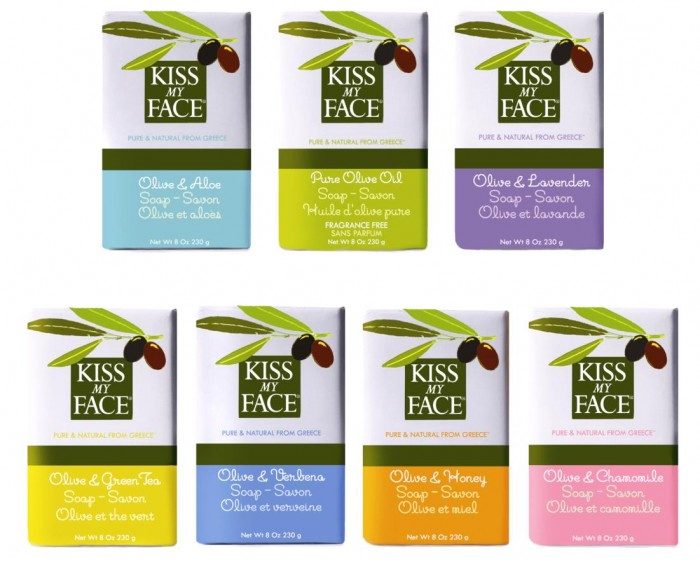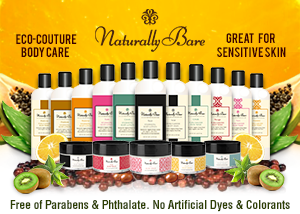Green Products: 3 Bar Soaps We Love

When washing your hands, face, and body, the pores in your skin absorb whatever you use to do the job. Is the bar soap you’re using a safe option for you and your family?
Commercial soap makers typically remove the natural glycerin produced in the saponification (soap-making) process and replace it with synthetic lathering agents like sodium lauryl sulfate (SLS) and sodium laureth sulfate (SLES). They often then sell the highly profitable glycerin to companies making lotions, which consumers will buy to moisturize since commercial soaps often leave skin feeling dry.
In addition, prolonged exposure to SLS can cause skin irritation, even when products contain only one percent SLS—this is a worrisome fact considering the how often people wash their hands and body. The residual amount absorbed into the bloodstream (which can stay there for up to four to five days) has also be linked to hormonal imbalance since SLS mimics estrogen, and issues with eye health in young people. SLES can be manufactured with dioxane, a well-known carcinogen that lingers much longer in the body. In addition to synthetic lathering agents, commercial soaps contain artificial colors, alcohols, and artificial fragrances.
Triclosan and triclocarban are the main agents in antibacterial/antimicrobial bar soaps, but they contribute to the rising problem of bacterial resistance to antibiotics, in addition to a long list of human and ecological health problems. A recent study revealed that nursing babies may experience negative health effects when their mothers use soaps containing triclocarban. In addition, when mixed with chlorine in tap water, triclosan forms dioxins, neurotoxins that cause cancer, nerve, and immune system disorders. Dioxins are also dangerous for the environment, and studies have shown large amounts of triclosan dioxins in water systems since the chemical’s introduction in the 1960s.
So, what are the safer alternatives? Look for all-natural pure soap made from vegetable glycerin and scented, simply, with essential oils. Antibacterial soap and synthetic latherers are no more effective at killing germs than regular soap—simply washing your hands for at least 20 seconds will do the job. [A popular trick is singing the “Happy Birthday” song twice while scrubbing for maximum cleaning effect.] Another plus: bar soaps use little to no packaging, reducing environmental impact.
Here are three of our favorite bar soaps, each of which features a relatively simple (and safe) ingredient list:
• Kiss My Face makes nourishing olive oil bar soaps that effectively cleanse and soften skin. The olive oil is combined with a variety of herbs, flowers, and plants, including chamomile, lavender, aloe, and green tea. Kiss My Face bars are large and longer-lasting. Kiss My Face also sells natural, moisturizing hand soaps and Peace Soaps, of which 10 percent of profits go to a peace-building cause.
• Dr. Bronner’s Magic Soaps are a time-tested favorite of eco-conscious consumers. Organic, fair trade, and made by the family company for five generations, Magic Soaps use ethically-sourced and sustainable ingredients. The pure castile bar soaps are made with a variety of natural scents and oils, such as eucalyptus, almond, tea tree, and peppermint. They are spot on for cleaning hands, body, and hair—and even for getting out stains.
• Tom’s of Maine crafts natural bar soaps of appealing ingredients such as palm oil, coconut oil, glycerin, sea salt, and natural plant oils. The company’s lineup of bar soaps includes those that focus on specific results—moisturizing, relaxing, deodorizing, and sensitive skin.
• Another solid option is to look for locally-made soaps to support the businesses of eco-friendly soap makers in your own community, many of which use organic local ingredients such as lavender or age-old recipes that include oatmeal.
For more information on greener, healthier bar soaps, check out the Environmental Working Group’s Skin Deep database.


CONNECT WITH US